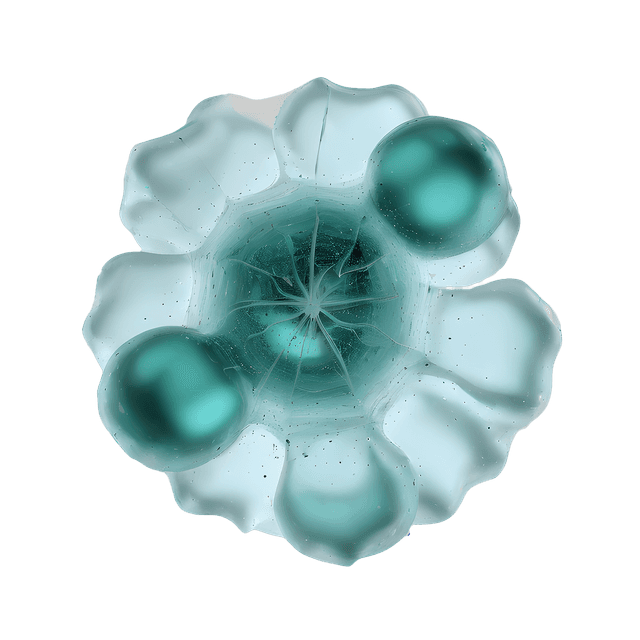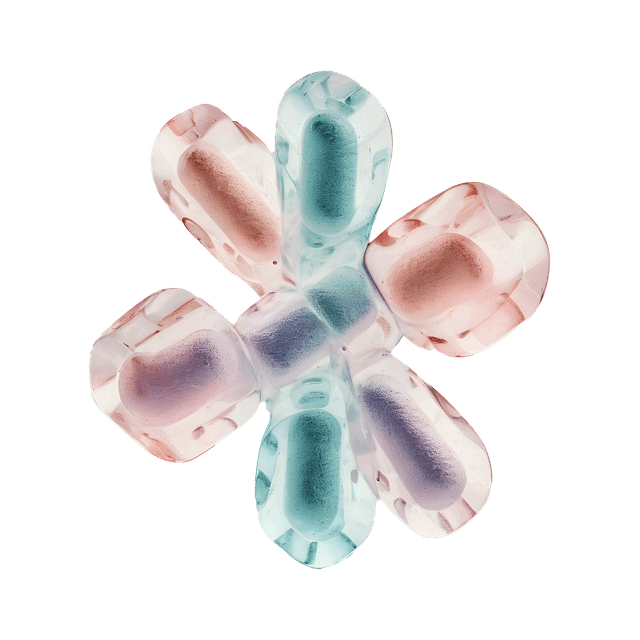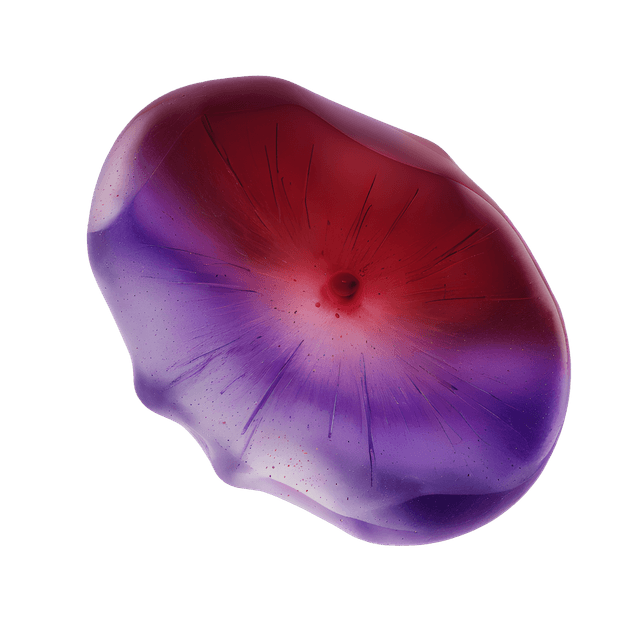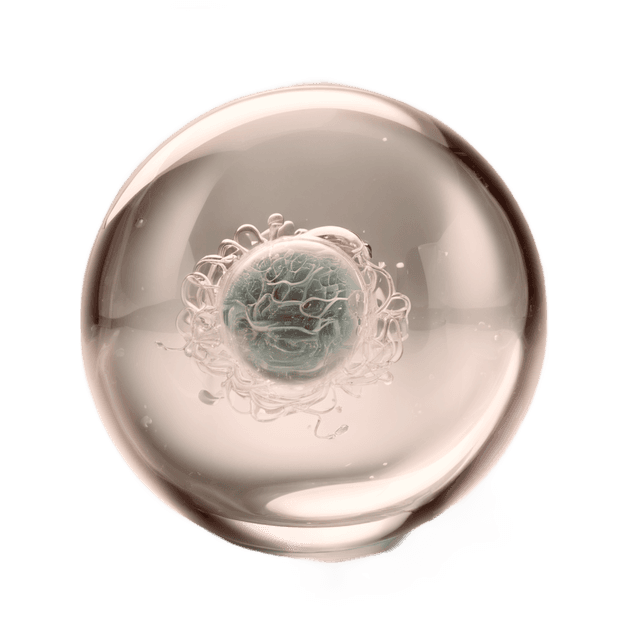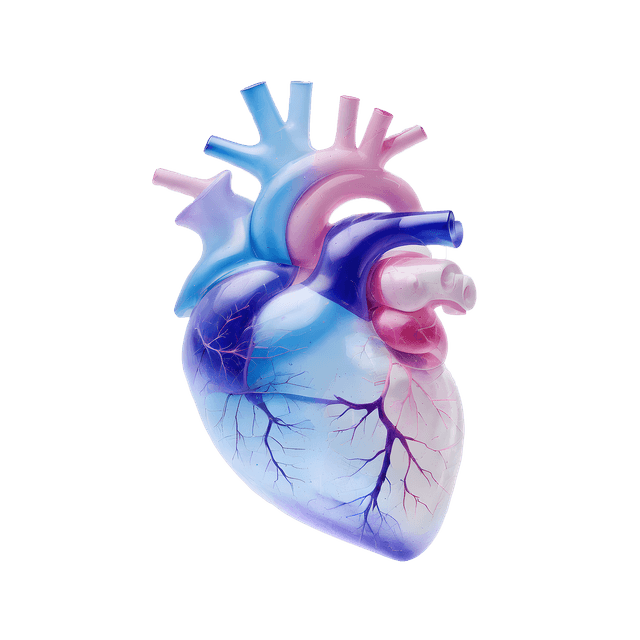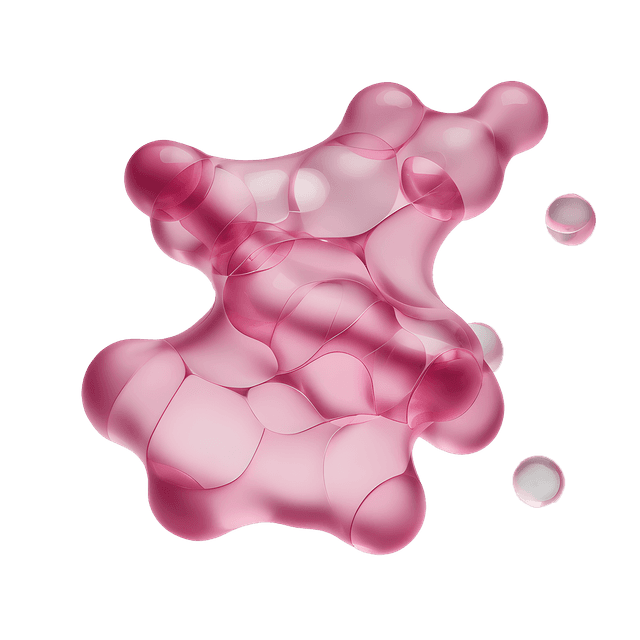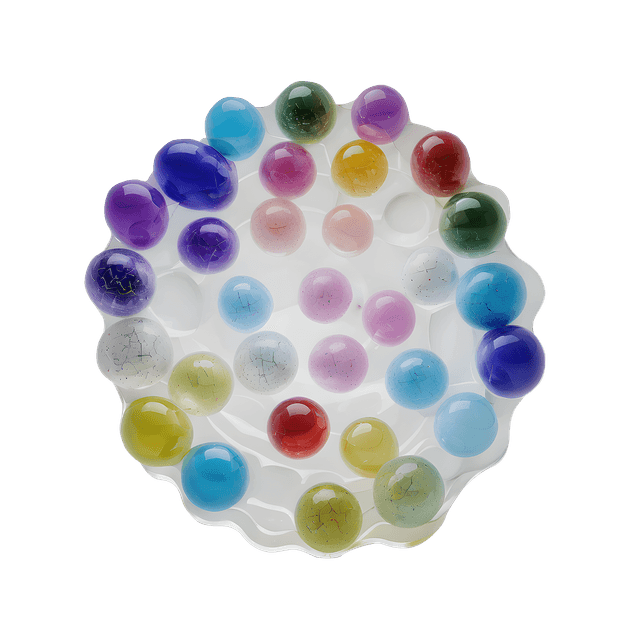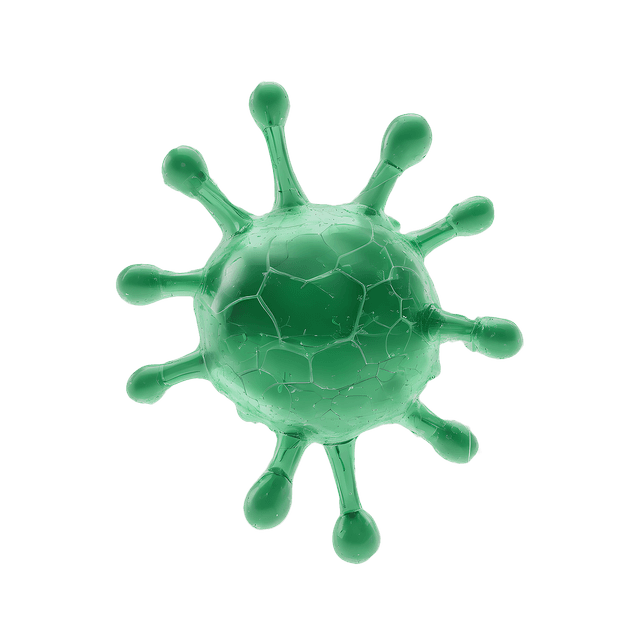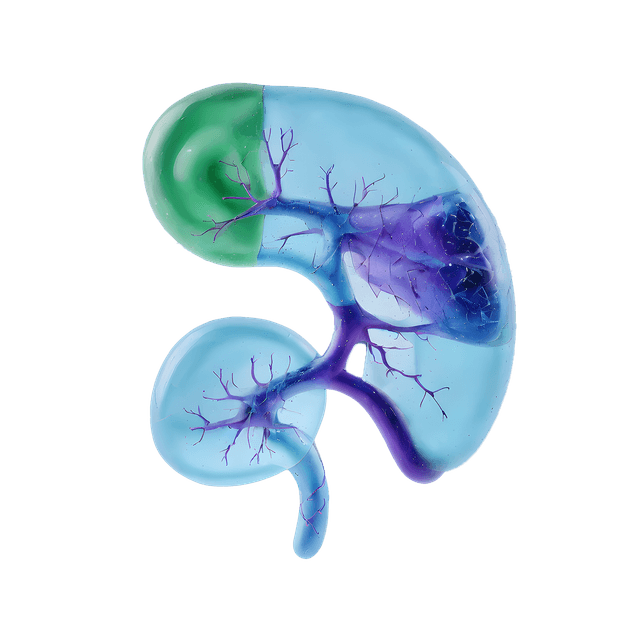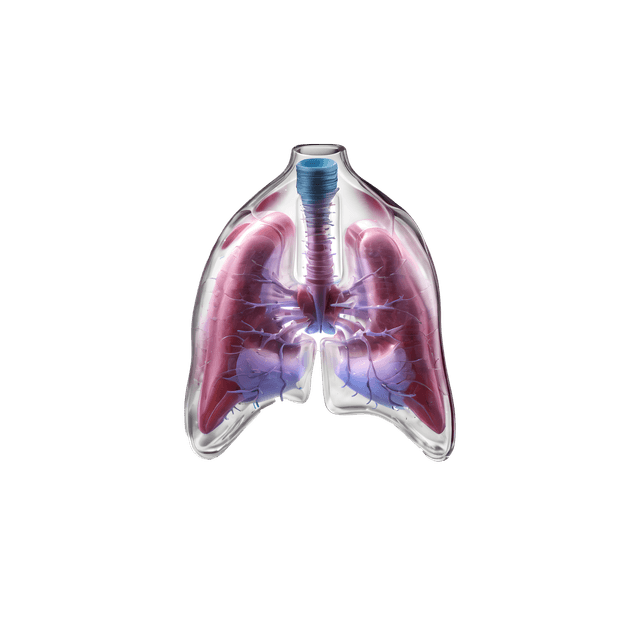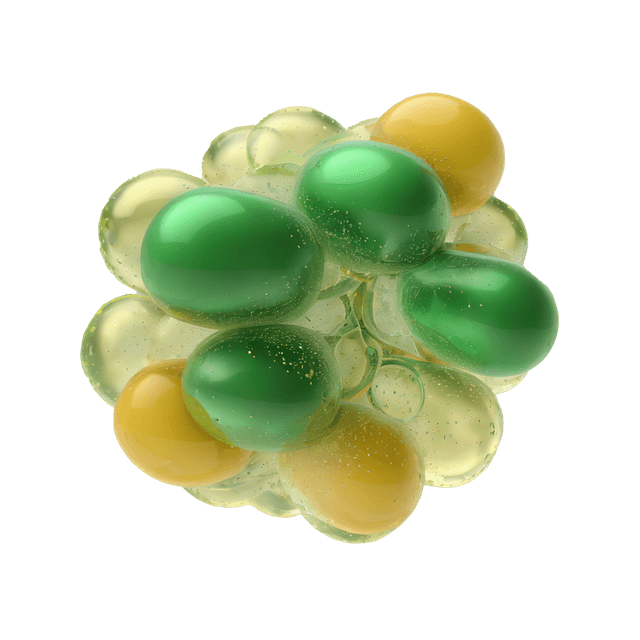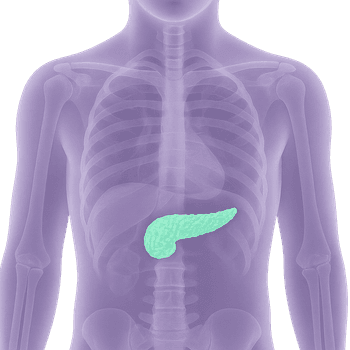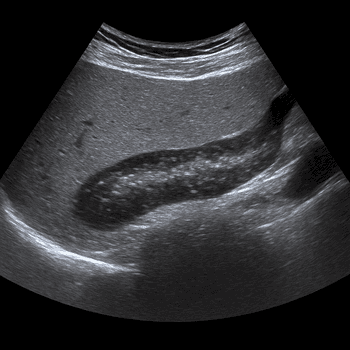Quick version
What is pancreatic cancer?
Pancreatic cancer (most often pancreatic adenocarcinoma) develops in the part of the pancreas that produces enzymes for the digestive system. It is a tumor that often grows slowly and initially causes diffuse symptoms, making it difficult to detect and therefore often diagnosed at a late stage.
Why is pancreatic cancer considered so aggressive?
There are several factors that contribute to the aggressiveness of the disease:
- The tumor can often grow for a long time without causing symptoms
- It spreads quickly to nearby tissues and organs
- The tumor consists of dense and hard connective tissue, which makes treatment difficult
- The cancer cells adapt and can change characteristics depending on the environment
New research shows: the cancer grows in two environments
A new study from Karolinska Institutet shows that the tumor does not only grow in its own typical, connective tissue–rich environment, but that it can also spread into damaged areas of the pancreas’ normal tissue. The tumor profile typical for pancreatic cancer is characterized by a large amount of supportive tissue (stroma), which makes the tumor dense and difficult for treatments to reach. These cells often behave aggressively and divide rapidly.
The new study shows that the tumor cells can also grow into the part of the pancreas where enzyme production normally takes place. When this tissue is invaded by the tumor, the cancer cells shift their character and become more similar to a “typical” tumor, which is generally less aggressive.
Switching environments makes the tumor difficult to treat
The findings suggest that cancer cells from the same tumor can change form depending on the tissue they grow in. This can affect how quickly the cancer grows and how it spreads. It may also make the cancer more difficult to treat, as different parts of the tumor respond differently to treatments such as chemotherapy. When a tumor contains multiple cell types, the more resistant cells may survive treatment and dominate. This makes the cancer harder to control over time.
Symptoms of pancreatic cancer
Symptoms often appear late and may initially be vague. Many of the symptoms can easily be mistaken for common gastrointestinal issues:
- Jaundice (yellow skin and yellowing of the whites of the eyes)
- Pain in the upper abdomen or back
- Reduced appetite and unexplained weight loss
- Nausea or changes in stool
- Worsening or newly onset diabetes, especially in older adults
If you experience one or more of these symptoms and they do not go away, you should seek medical care. Seek emergency care if you develop sudden severe abdominal pain, intense jaundice, or signs of infection.
Diagnosis and treatment
Diagnosis is often made using a combination of imaging and laboratory tests:
- Computed tomography (CT)
- Ultrasound of the pancreas
- MRI of the pancreas
- Endoscopic ultrasound with tissue sampling
- Blood tests (liver and bile duct values as well as tumor markers)
The type of treatment used depends on the location, size, and spread of the tumor, but often consists of a combination of surgery, radiation therapy, chemotherapy, and symptom relief.
A healthy lifestyle reduces the risk of pancreatic cancer
The exact cause of pancreatic cancer is unknown, but the risk can be reduced through a healthy lifestyle with nutritious eating habits, physical activity, and avoiding smoking. If you have an inflamed pancreas, it should be treated to reduce the risk of cancer.
Related conditions
- Chronic pancreatitis (long-term inflammation)
- Cysts in the pancreas
- Bile duct diseases
- Newly onset diabetes




